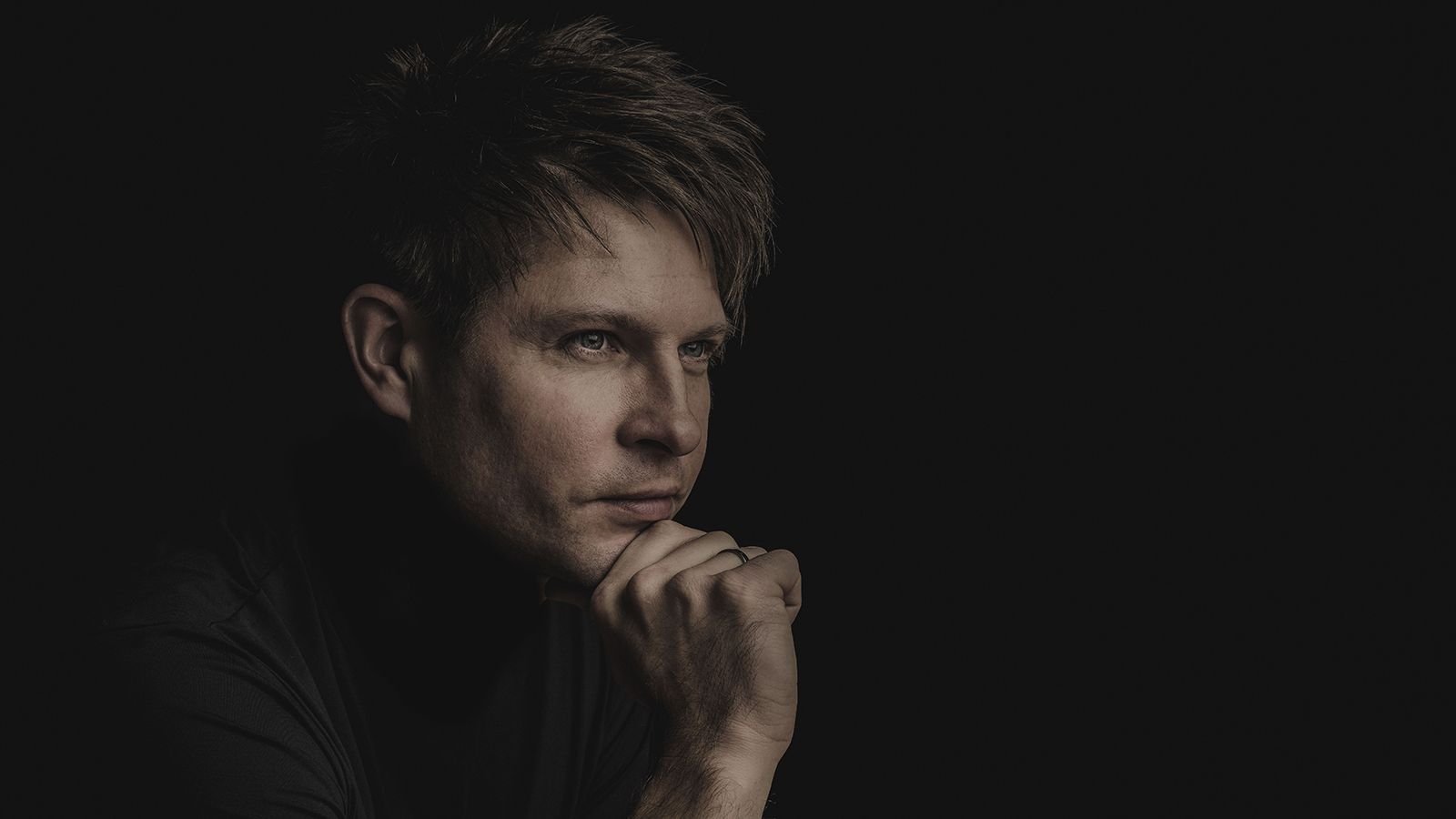Serious fun with Concerto Köln

Concerto Köln’s Baroque fun
Concerto Köln, a collective of baroque-music specialists, has graced the world's stages since 1985 and released over 75 recordings. Its concert last night at the Library of Congress drew a packed house, and the almost stinging energy of its playing had the audience whooping and cheering like the curtain calls at a grand opera.
The program wasn't particularly adventurous, including chestnuts we frequently hear elsewhere, like the Bach Double Concerto and the Vivaldi Concerto for 4 Violins. And indeed, the balance of soloists seemed strange; four of the seven selections (and one of the encores) were for one or more violin soloist, the lone exception being a Handel harpsichord concerto. There's certainly enough talent in the group to spotlight other instruments, so the singular focus was curious. But what we got was rendered with gusto from all concerned, the players interacting with smiles, quirky phrasing, and in-jokes even in the most routine passages.
For all their training and expertise, though, I have to question Concerto Köln's basic choices. The bedrock of baroque music is the continuo, an umbrella term for any and all instruments that are playing or harmonizing the bass line. The number and type of instruments are contingent on several factors including size of the group and acoustics of the room. But here, having six players from three different instrumental families (comprising a full third of the ensemble) piled up together did no one any favors. The texture was clotted, intonation sometimes fuzzy, and I don't think I actually heard the lutenist all evening. Less would've been more.
Then there's the whole question of vibrato. Concerto Köln, like all kindred groups, makes a point of leaving it out, or trying to; a form of musical virtue-signaling. The resulting color is silvery but also slightly whiny, the missing expressive dimension supposedly compensated-for by more detail and variety in bow-strokes. But contrary to what you may've heard, vibrato was used in the 18th-century, as mentioned in all the contemporary treatises. It's a natural part of human music-making since the dawn of time, and actually takes effort for a trained string player to supress. What's ironic is that Concerto Köln's artistic director, cellist Alexander Scherf, was the least successful at this; he frequently couldn't help himself and allowed his left hand to sweeten the sound here and there. The others, though, mostly kept things pure, so I worried that soloist Shunske Sato would get a talking-to after the concert for daring to make some pleasing sounds in the Locatelli Concerto Grosso.
But, again, the evening was raucous fun, in particular the two quadruple violin concertos. Rather than striving for an integrated approach, the four soloists had a sort of poetry slam in the echo passages, each trying to add some peculiarity to the phrase being tossed around, often to the point of hilarity.





